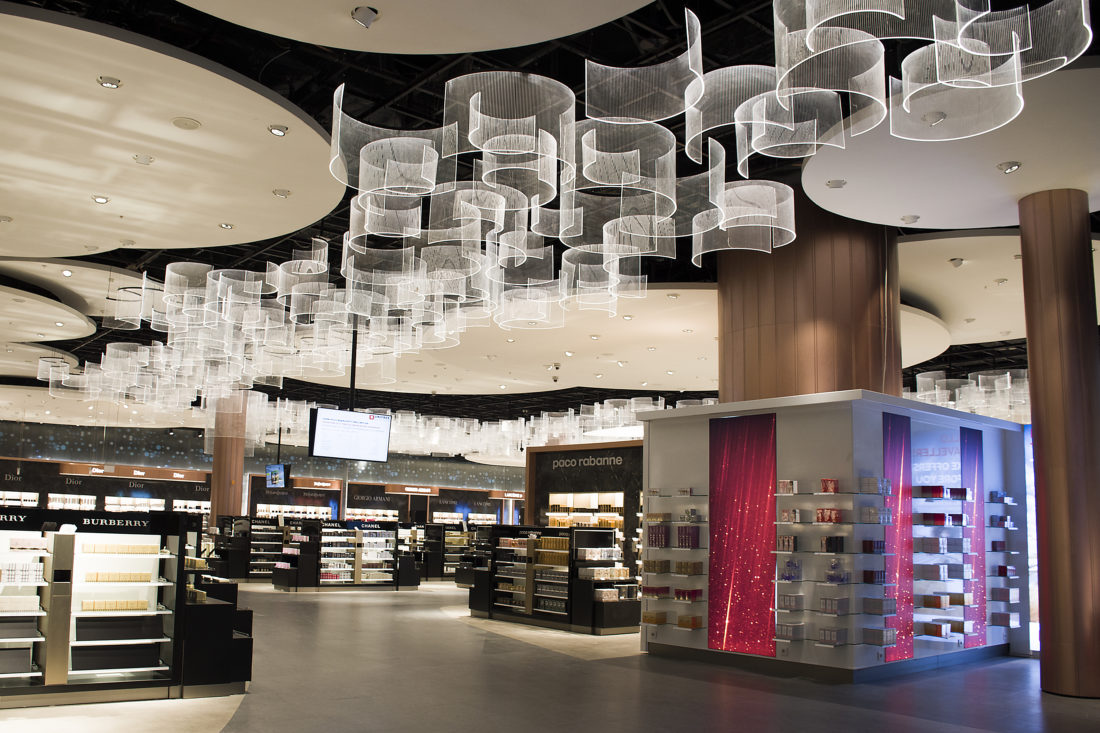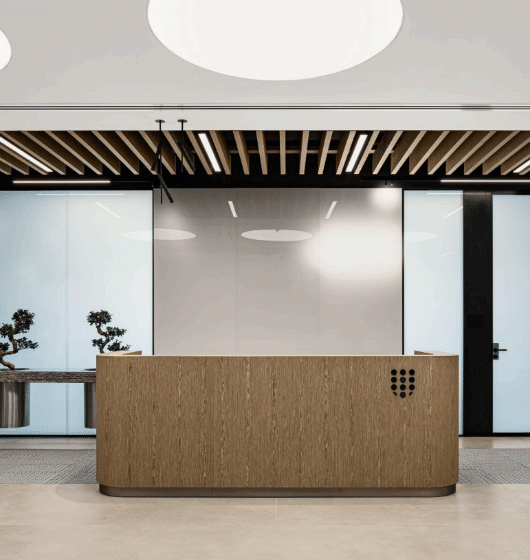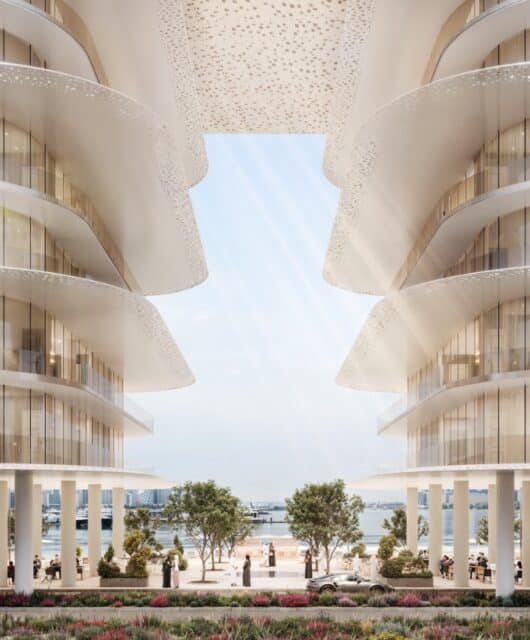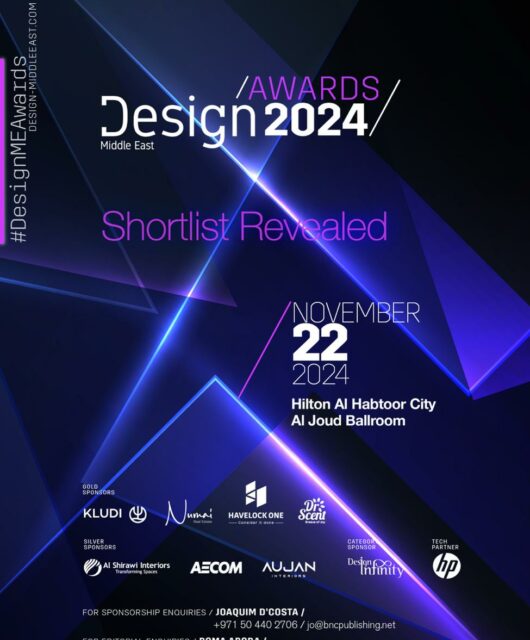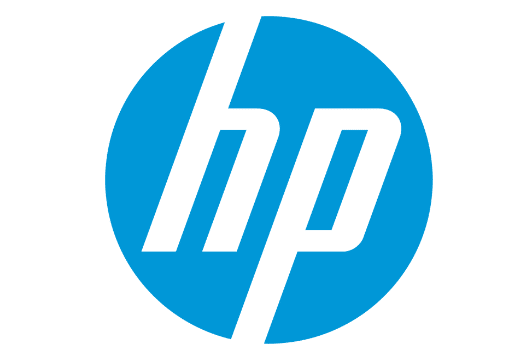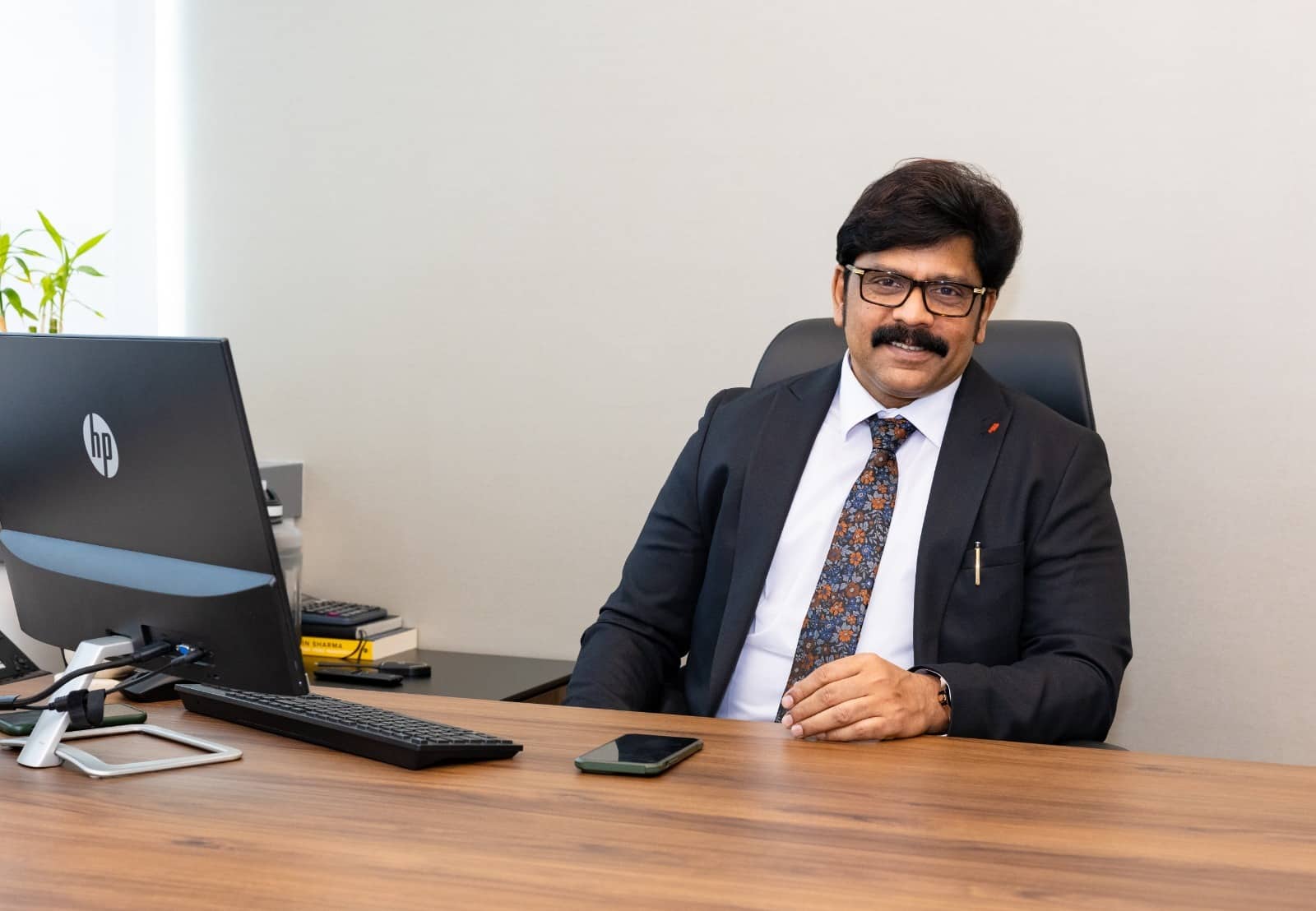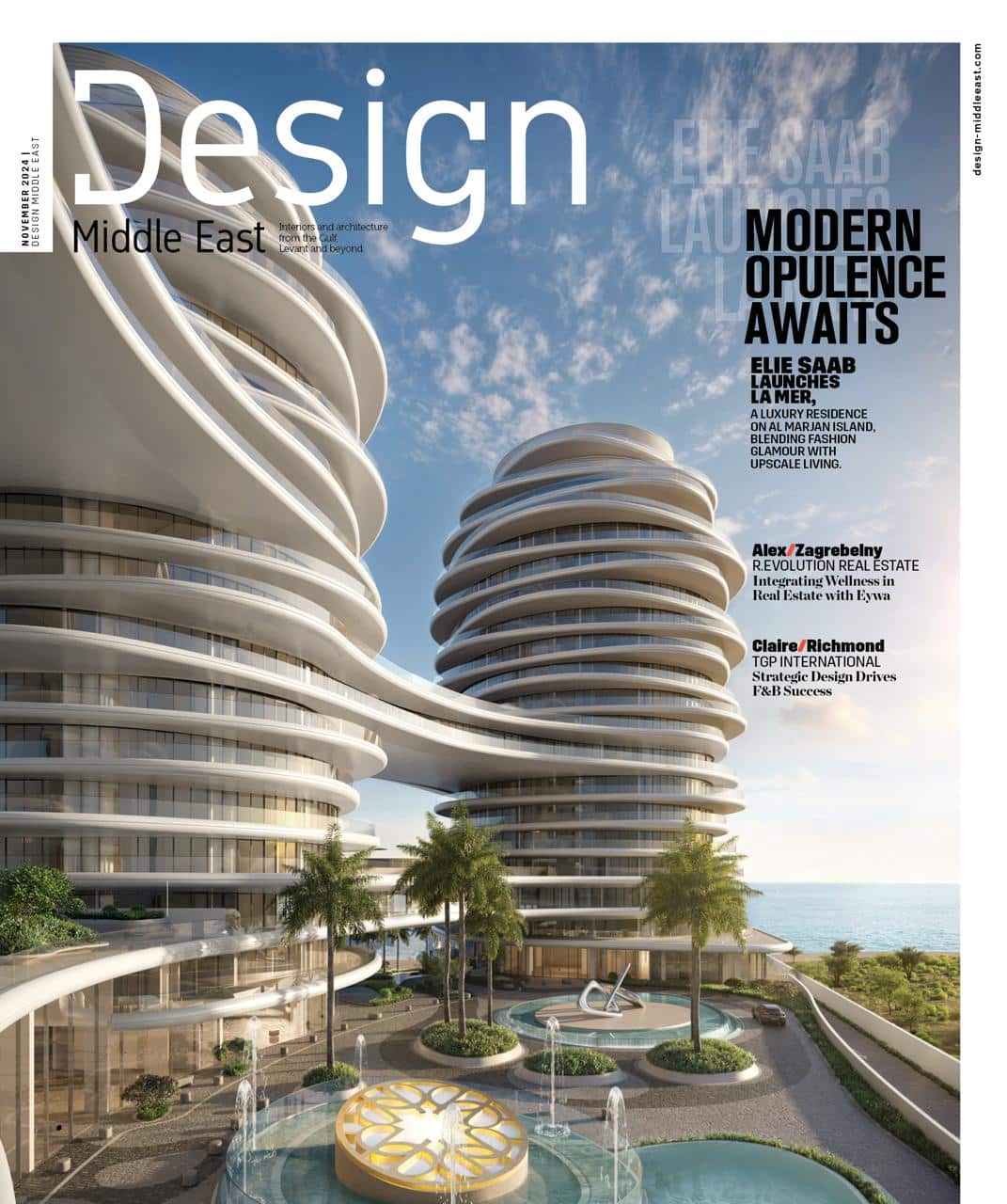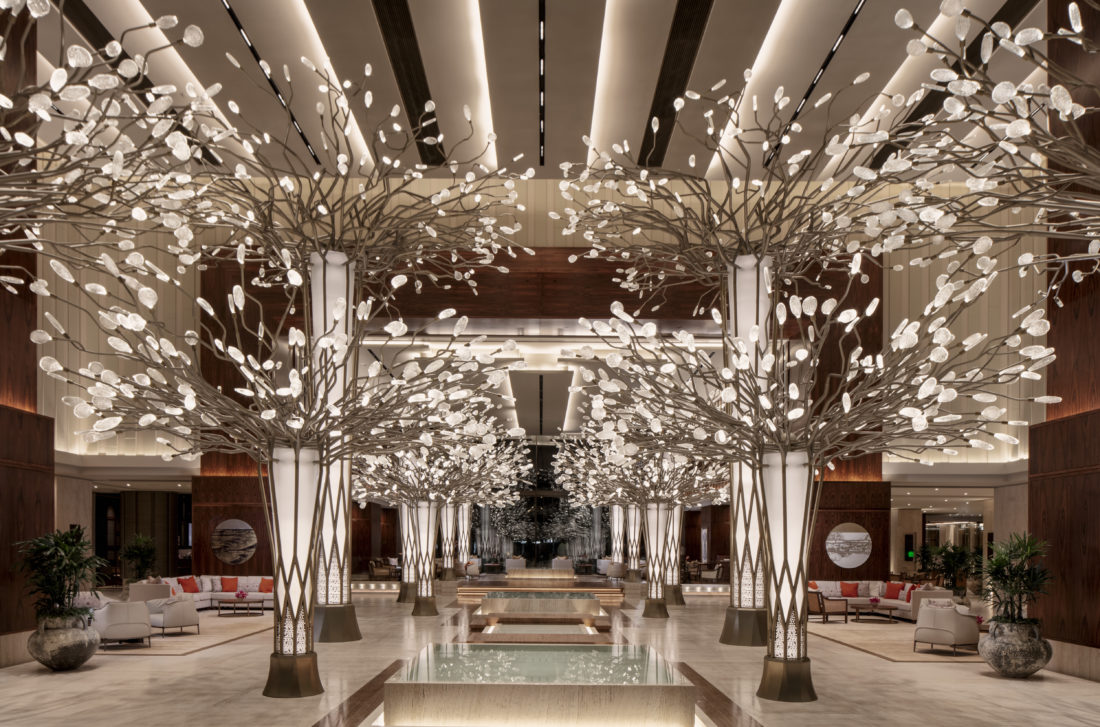
There’s nothing more charismatic and dynamic than the lighting of a given space. Decoding the styles and technology trending in this field
By Roma Arora
What makes us appreciate the beauty of any object, any building, any design—the light which falls upon it. Clearly, lighting is an inevitable part of any project and the correct lighting can create a success like no other medium. It is the single most significant factor to be considered as it greatly affects the users’ living experience, just as important, in fact, as the overall design, structure, or material used. Luckily, designers are beginning to agree and many include lighting in their designs from the very start, considering it an important aspect from a design point of view, not only for practical reasons. Martin Fryzelka, managing director, Preciosa, says: “We already put as much focus on the aesthetic power of lighting as we do the functional. It is very important for us that we communicate lighting’s dual purpose in design. Yes, you need something to illuminate, but that illuminating object can be so much more.”

Role of lighting in design and architecture Lighting has always been an significant part of any built-up space, whether be it natural or artificial. Zeki Kadirbeyoğlu, director at ZKLD Studio, feels: “Lighting design is and should be an integral part of the architecture. It cannot come before it or after it, it must be created along with it. It is a crucial part of interior design in order to create liveable and enjoyable spaces. Unfortunately, there is still a misconception that these three are apart or that one can be designed without the other. We still need to convince why is lighting design important as we learn our past lessons slow but once we fully embrace the light, along with the darkness, and use them properly, we will be able to create amazing pieces of architecture of our time.”

Major urban, cultural, and social projects offer new experiences and opportunities to highlight architectural details and enhance surfaces and volumes. Light is currently leading a profound architectural revolution. It has become central to the quality and well-being of any environment, including offices, museums, retail spaces and spiritual, professional and residential contexts as well as parks, and gardens. Sergio Padula, technical director, iGuzzini, comments: “Architecture is often made up of modular spaces having variable geometries and specific requirements. Light adapts to every height and every distance and every material to illuminate objects without restrictions, offering the best possible lighting for its intended use. Lighting is getting closer than ever to individuals’ needs, achieving a less objective and more perceptive interpretation of the world.”
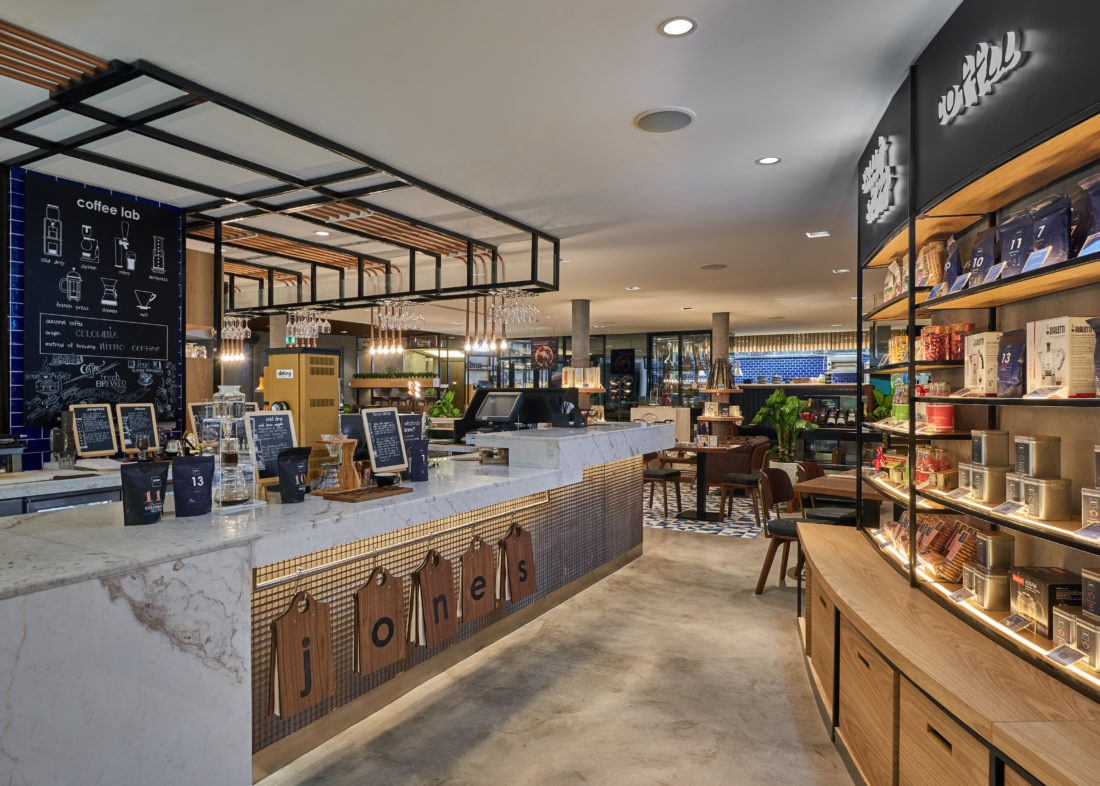
Technological advancement
The many advances in the digital age are having a profound effect on the products and systems that can be considered by clients and their designers. Steve Jardine, sales manager at Acoulite, says: “The amount of choice available can be somewhat daunting as lighting is now integrated into the electronics industry and the progress that has been made over the last 10 years—control via bluetooth, power over internet, LED chip advancements, dim-to-warm, SMART technology, and what not! Now, these all are very real choices that may have been only dreamt about not long ago. It’s a very exciting time and new applications such as ‘Light Hub’ are being launched to satisfy the diversity of client needs.”

Padula says that at iGuzzini, their mission has always been to develop intelligent lighting solutions that are increasingly better aligned to the needs of people and the environment. He further stresses: “We are evolving the concept of intelligence of light by integrating lighting systems with a widely used communication protocol inherent to all smart devices: Bluetooth Low Energy. We seek to use stable, simple,-and easily updated solutions that are, above all, relevant and available to all users. It is thereby possible to manage each lighting device from a smartphone (smart lighting control) or send text and audiovisual messages (smart services) from the point of illumination to promote goods and services. Lastly, integrating lighting devices into the smart city becomes a crucial node in such a city’s network of connections. Intelligent lighting creates social, sustainable, and economic value.” “Technology advances as we speak. New components are being made or improved in almost every sense. It is very important as new technology allows better and more efficient design. Together with technology enhancements, we push the boundaries and ultimately get new ideas and new concepts,” says Kadirbeyoğlu.
Pain points in the lighting sector
One of the main challenges that every business is going through especially in this region is that the clients want to reduce the costs and they often do not mind in compromising the quality. “Whilst there are advances in technology, there is an oversupply of product choices and the current market is obsessed with low prices, so we all face difficult times in meeting client’s expectations. Unfortunately, that has led to companies being compared on price only, not on the quality or longevity of the business, which is very dangerous. Clients seem content with devaluing their assets by constantly wanting value engineering, which unfortunately is not delivered well in the region,” shares Jardine. Padula echoes the same sentiments: “The main challenges we believe are essentially linked to the projects’ value engineering. Considering the global economy shrinking and in particular the UAE specific context, very often the quality level of the project is being drastically reduced, compared to their initial concept and plan. Unfortunately, the local contractors barely recognise the value of complying with the recommended high quality level in the projects’ materials and often they don’t seem to understand the long-term risks in downgrading the project’s specifications and expected standards.”
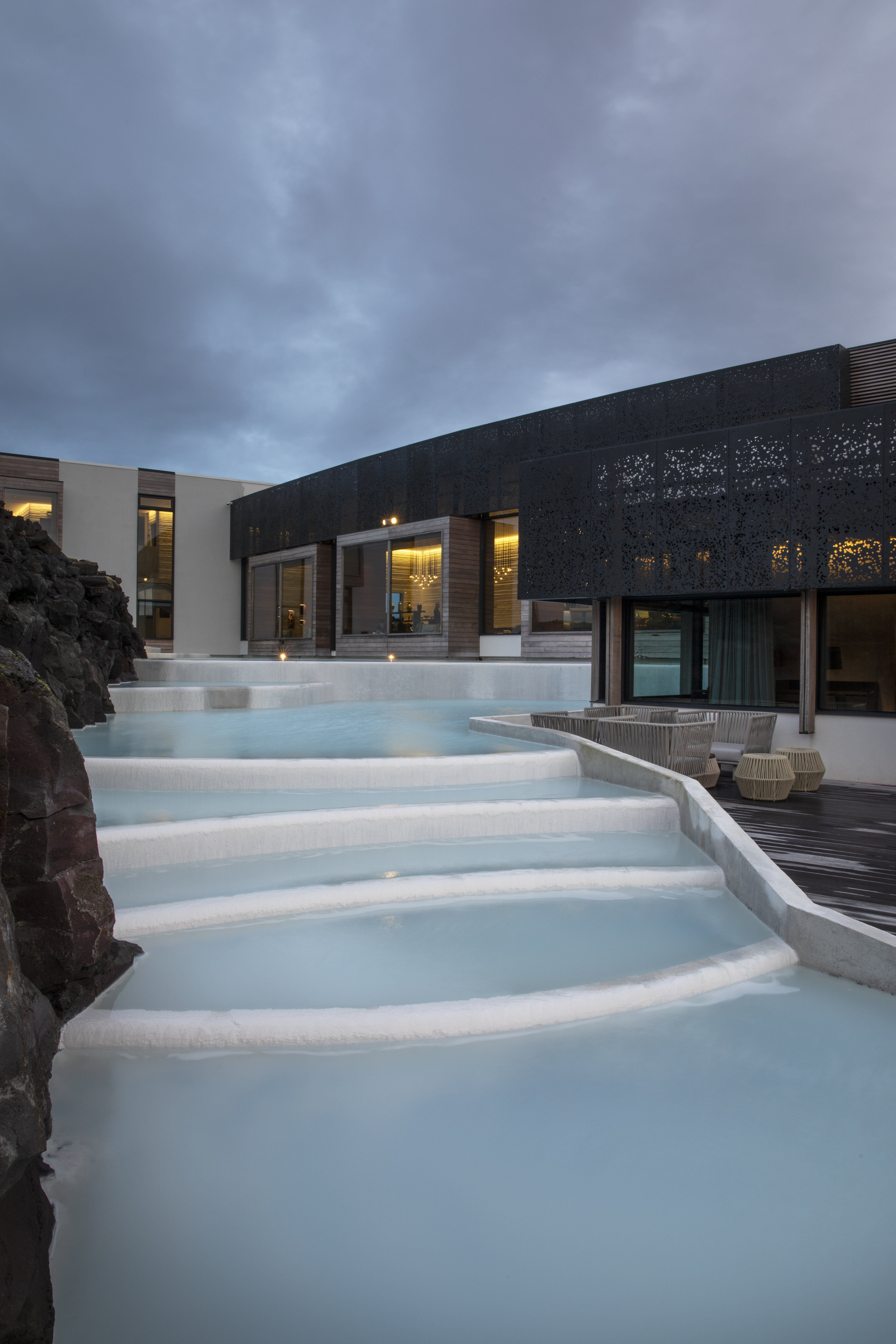
Light and interactivity
A light that moves with you, responds, and interacts with you—this is a reality now. Interactive lighting installations are definitely on the increase and gaining in popularity. One such brand that is leading in this region with their interactive lighting installations is Preciosa. They surprised everyone with their ‘Breath of light’ installation at Downtown Design in November 2018 in Dubai. Fryzelka elaborates: “Using special sensors, we are able to transform people’s breath into a light and sound spectacle. The installation is made from a series of opal crystal bubbles that dissolve into crystal frosted, crystal clear, and crystal bubbled bubbles. The bubbles create an intriguing path of light as visitors contribute their breaths.”

Pearl Wave is another interactive installation designed for entertaining areas. “Its curved shape symbolically gathers people close. And it loves to have a good time. When friends have gathered around, laughing and talking, and glasses are cheered in a toast, Pearl Wave joins in with a burst or two of light. Its impulse is the sounds of clinking glasses,” adds Fryzelka. Jardine highlights: “Designers have now started asking for lighting systems to be integrated with the likes of Alexa rather than the traditional integration with just AV systems. We see a huge spike in demand for interactive lights, especially in commercial and residential projects. There are numerous light artists that have created some wonderful installations, providing unique interactions with the user, so I expect these will only grow as we become more adventurous in the role light plays in our lives and how we want to experience and experiment with it.”
